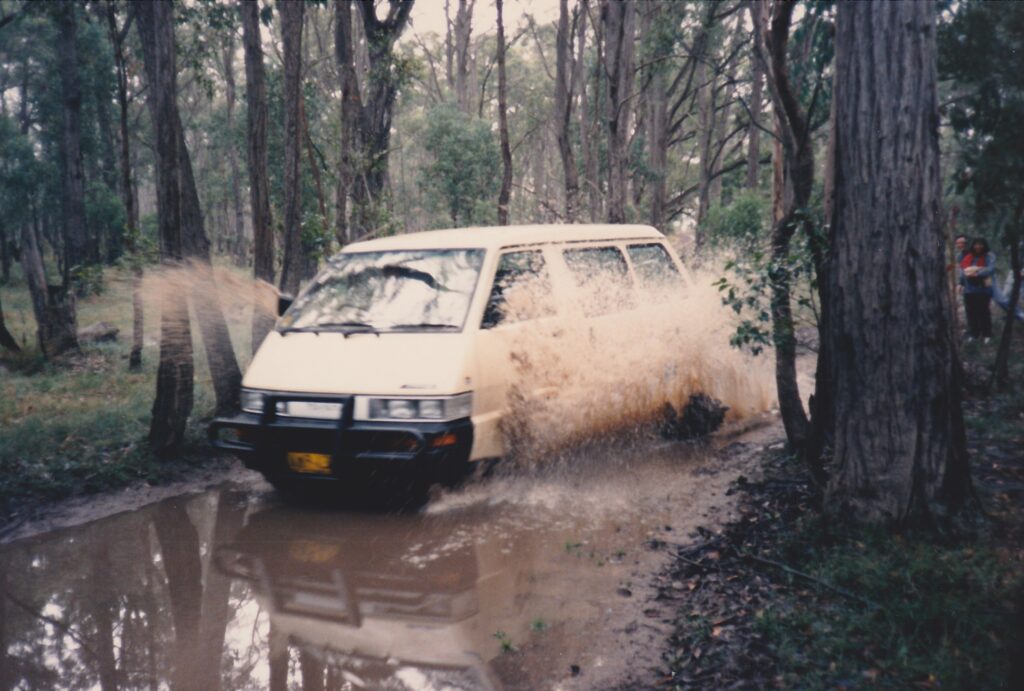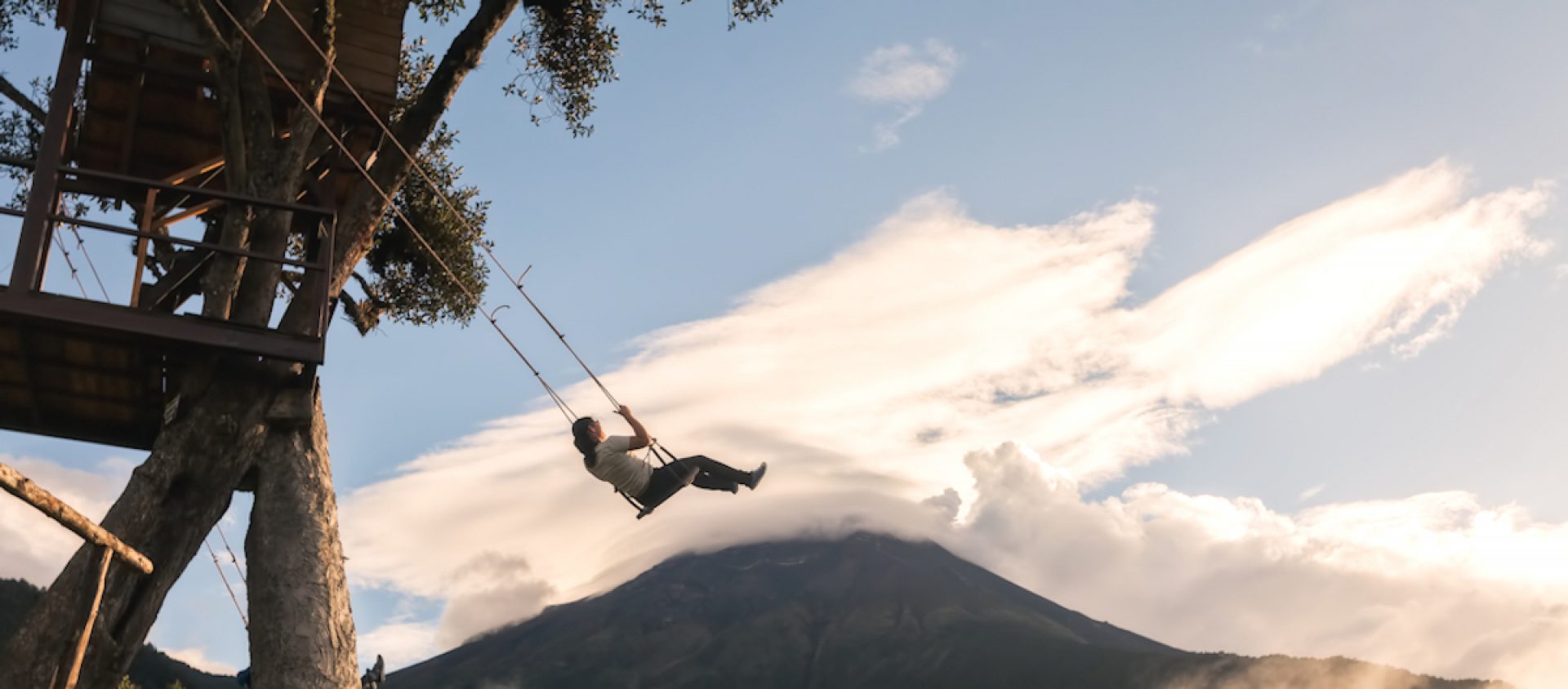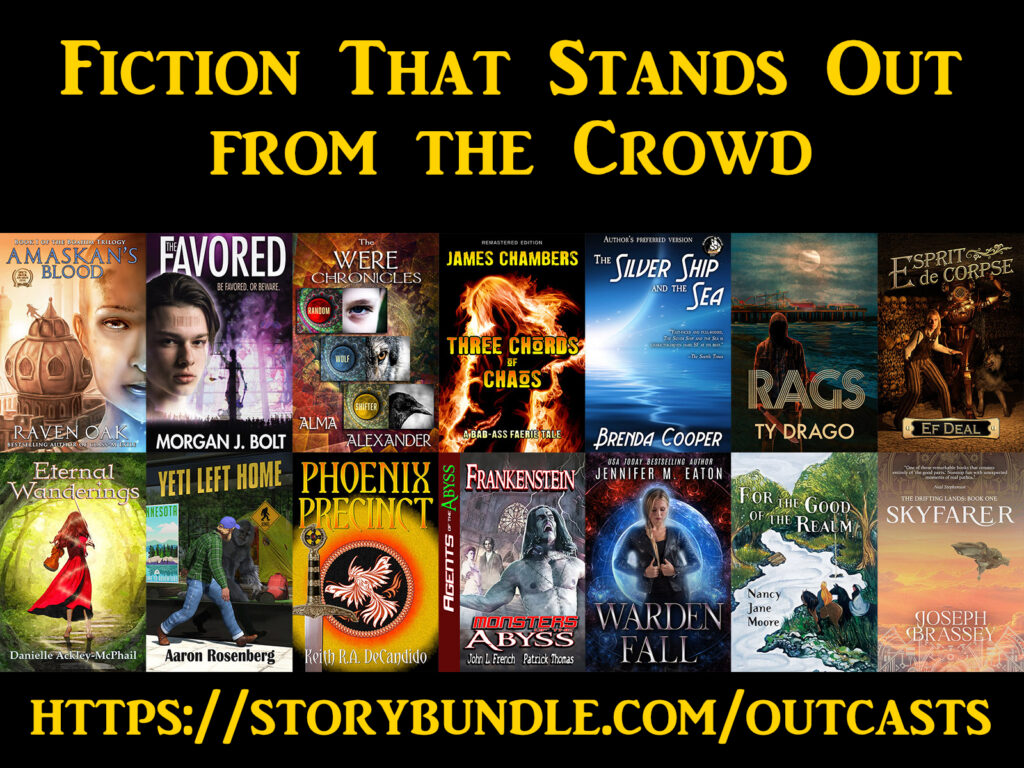 Over lunch this week, Madeleine Robins and I discussed a book we’ve both read more than once: Sinclair Lewis’s It Can’t Happen Here.
Over lunch this week, Madeleine Robins and I discussed a book we’ve both read more than once: Sinclair Lewis’s It Can’t Happen Here.
We have not re-read it recently, and neither of us is willing to do so right now, but as we know the story pretty well, we see the parallels all around us.
The title says a lot about American Exceptionalism, in that we in the United States really believe all kinds of its can’t happen here.
For those of you who haven’t read it, here’s a brief summary. In 1936, U.S. voters, apparently dissatisfied with Roosevelt’s reforms, elect a so-called populist (modeled on Huey Long of Louisiana) as president. The government is handed over without a fuss (sound familiar?) and the new president, Buzz Windrip, quickly establishes a fascist government.
Our hero is Doremus Jessup, editor and publisher of a small town paper, a man who ends up an active part of the resistance.
If you don’t know how strong fascism was in the United States in the 1930s and how much the oligarchs of the time hated Roosevelt, this might seem like fantasy to you, but there were good reasons for Lewis to write this book when he did. Lewis is not the most elegant writer and his satire was always a little heavy handed, but he really understood this country, or at least the white people of it.
I recommend it, though I’m not doing a re-read right now because I know the end of the book and the themes of many other resistance stories. I want stories about how we win, not just how we persevere.
As we cope with real life, there are two pieces of advice that I keep seeing over and over in the wake of the new presidential administration.
One is a reminder that the firehouse of nonsense from the grifter is intended to freak us all out and we should stay calm and not let it get to us.
And the other is we need to support institutions. History professor Timothy Snyder, whose studies focus on authoritarianism, included that in his latest newsletter of things to do and Marc Elias, who has been suing over voting rights in particular, included in his list of things to do “Help Democrats.”
While I certainly think it’s important not to let all these assaults on our fellow citizens and our democracy overwhelm us, I will point out that there needs to be a response to each of them. I don’t mean an individual response – that’s not even practical in most cases – but rather a response by an organization that knows how to deal with that problem.
A lot of that response will be litigation, though some of it – particularly when it comes to their attacks on immigrants – might be more focused on protecting people and holding demonstrations. Regardless, it needs to be led by groups that know what they’re doing, but the rest of us need to know that such work is happening and to get some idea of how we can support it.
In the case of those groups – those institutions – I think support (volunteering and financial) is very critical indeed. I have noticed that the ACLU, Public Citizen, and the Quakers have all filed relevant suits, and so have state attorneys general.
One of the actions over the executive order that is intended to nullify the 14th Amendment to the Constitution has already had success in the courts. But there will need to be a lot more of that just to hold a little ground.
In general, when I hear the word “protect institutions,” it’s those groups I have in mind, because they’re the ones that have been doing the work.
Continue reading “American Exceptionalism”…



 Over lunch this week, Madeleine Robins and I discussed a book we’ve both read more than once: Sinclair Lewis’s It Can’t Happen Here.
Over lunch this week, Madeleine Robins and I discussed a book we’ve both read more than once: Sinclair Lewis’s It Can’t Happen Here.